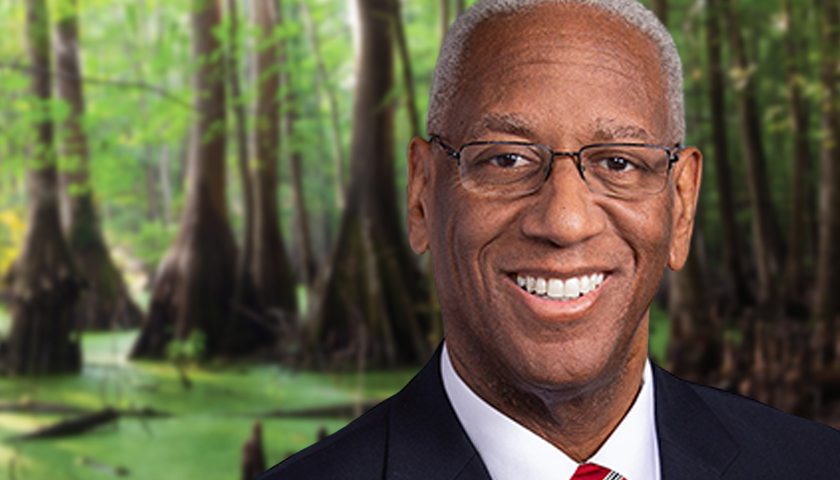The House of Representatives passed Congressman Don McEachin’s (D-VA-04) Great Dismal Swamp National Heritage Act on Tuesday. If passed in the Senate, the bill will require the Secretary of the Interior to study potentially designating a Heritage Area in the region of the Great Dismal Swamp on the Virginia – North Carolina border.
“The Great Dismal Swamp is an incredibly important historical, archaeological, and environmental site for the Commonwealth,” McEachin said in a press release. “The Swamp was once a home and refuge to African American and Indigenous populations and enabled robust economic activity between the communities that called it home. Not only does it have immense cultural significance, the Swamp also plays a crucial role in our continued fight against the climate crisis.”
When dedicating the U.S.’ first National Heritage Area (NHA) in 1984, former President Ronald Reagan said NHAs are “a new kind of national park,” according to NPS.gov. NHAs are designated by Congress in recognition of a combination of natural, cultural, and historic resources, and use public-private partnerships to support preservation of resources, recreation, tourism, and education.
“NHAs are vital sources of job creation and economic, cultural, environmental and community development, yielding $5.50 in local economic activity for every dollar of federal investment. NHAs do not affect private property rights and the National Park Service does not assume ownership or impose land use controls over land inside the heritage area, leaving the decision-making authority in the hands of local communities,” McEachin’s release states.
Currently, the Great Dismal Swamp is protected by a 112,000-acre National Wildlife Refuge, the remnant of what was once more than one million acres of similar land.
“The Great Dismal Swamp is home to the ancestral lands of the Nansemond Indian Nation and the historic lands of the Haliwa-Saponi and Meherrin Tribes. It was a refuge for early colonial Free People of Color whose families resisted American slavery and has the largest known collection of archaeological artifacts from maroon colonies. It also served as one of the only known water-based stops on the Underground Railroad,” McEachin’s release states.
Along with McEachin, Representatives Elaine Luria (D-VA-02), Bobby Scott (D-VA-03) and G. K. Butterfield (D-NC-01) sponsored the House bill. Virginia Senators Tim Kaine (D-VA) and Mark Warner (D-VA) have introduced a companion bill in the Senate.
State Delegate Barry Knight (R-Virginia Beach) represents the region. He told The Virginia Star that the city of Chesapeake and the commonwealth of Virginia are already putting funds into a similar heritage-area project that will include an interpretive village, education about the Underground Railroad, and relocating the Cornland School, a historical Black schoolhouse. Chesapeake says the project will cost $10 million, and Virginia legislators approved allocating $3 million to help with the project.
“We at the state level thought it was such an important piece of history that we wanted to fund to help Chesapeake do that,” he said. “Now the federal government has seen how smart Chesapeake and Virginia are, they want to piggyback on this a little bit. All the better ideas originate from the local and state level.”
Knight said the NHA designation would likely be an additional benefit to help protect the region.
“I can’t see from my perspective where anybody would object because it’s not going to be detrimental to the national wildlife refuge,” he said. “It’s just going to highlight it in a different direction.”
– – –
Eric Burk is a reporter at The Virginia Star and The Star News Network. Email tips to [email protected].





